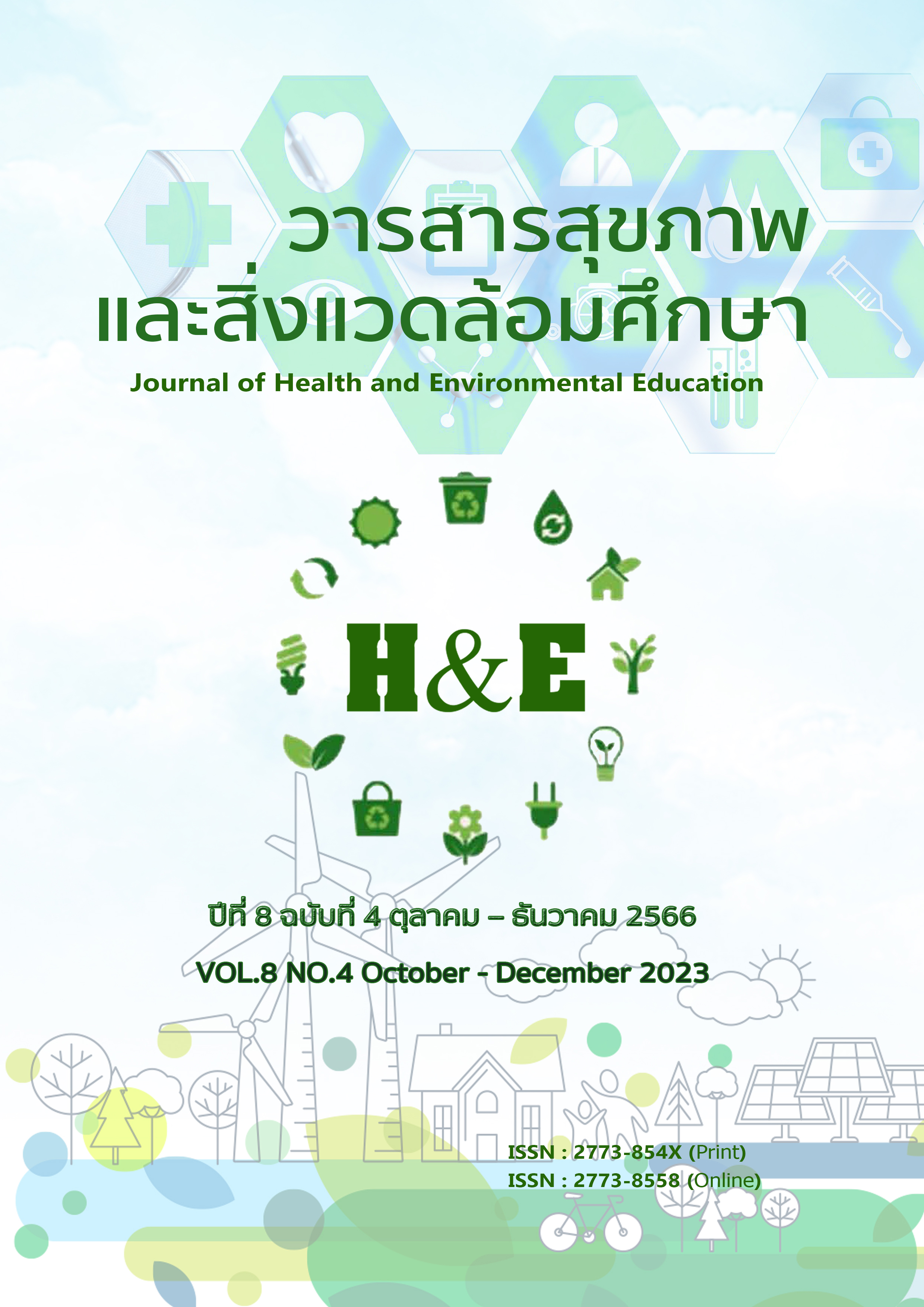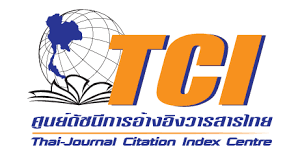Case study: Nursing care of a patient undergoing general anesthesia for brain tumor surgery with an obese patient.
Keywords:
Anesthesia nursing, brain tumor surgery, anesthesia for obese patientsAbstract
Anesthesia for brain surgery May cause direct injury to the brain. Anesthesia in brain surgery patients in addition to making the patient sleep, cannot remember or move during surgery. And treatment of post-operative pain You must monitor for injuries from surgery or complications from surgery as little as possible. Therefore, the anesthetist who provides anesthesia needs to have a good understanding of brain physiology and the pathophysiology of intracranial hypertension. Maintains adequate blood flow to the brain during surgery. To reduce injury to the nervous system anesthesia also plays a role in positioning, administering fluids, and monitoring blood flow during surgery. and post-operative care in a case study of a patient undergoing brain tumor surgery who was also obese.
Results for the case study It was found that from the evaluation, problems before anesthesia were found, including the patient was obese (BMI 37.59) and had a large brain tumor (4.8x5.8x4.4 cm.) in the right sphenoid meningioma. During anesthesia, there were problems with brain swelling, long surgery, and blood loss during surgery, 2400 ml. After anesthesia, the patient had to be placed on a breathing tube for further care in the intensive care unit. After 1 day of surgery, the patient felt good. There were no serious complications. The breathing tube was removed and transferred to the general ward. was allowed to go home on the 7th day after surgery, totaling 9 days of hospital stay. The results of the study can be used for patients who come to receive anesthesia services for brain surgery. and can be adapted for use with groups of patients other than brain tumor patients who come to receive anesthesia services.
References
Flexman, Alana M.; Wang, Tianlong; Meng, Lingzhong (2019). Neuroanesthesia and outcomes. Current Opinion in Anaesthesiology, 32(5), 539–545. doi:10.1097/aco.0000000000000747
สถาบันประสาทวิทยา. (2557). แนวทางการพยาบาลผู้ป่วยผ่าตัดเนื้องอกสมอง สำหรับพยาบาลทั่วไป. พิมพ์ครั้งที่ 1. สถาบันประสาทวิทยา กรมการแพทย์ กระทรวงสาธารณสุข. บริษัท ธนาเพรส จำกัด. กรุงเทพฯ.
โตญาติมาก ภ., อุทริยะประสิทธ์ เ., ฉันท์เรืองวณิชย์ ว., & สิทธินามสุวรรณ บ. (2019). Factors Predicting Cognitive Impairment in Postoperative Brain Tumor Patients. The Journal of Thailand Nursing and Midwifery Council, 34(4), 64–79. Retrieved from https://he02.tci-thaijo.org/index.php/TJONC/article/view/182776
มานี รักษาเกียรติศักดิ์ และวรรณฉัตร กระต่ายจันทร์. (2560). การระงับความรู้สึกศัลยกรรมระบบประสาท. ตำราวิสัญญีพื้นฐานและหน่วยงานปฏิบัติ. พิมพ์ครั้งที่1. พี เอ ลีฟวิ่ง. กรุงเทพฯ.
Siegel RL, Miller KD, Jemal A. Cancer statistics. (2018). CA Cancer J Clin 2018; 68(1): 7-30.
Gordon, M. (1994). Nursing diagnosis: Process and Application. New York: McGraw-Hill.
Orem DE. Nursing: concepts of practice. 6th ed. Saint Louis: Mosby; 2001.
ณัฐกานต์ หุ่นธานี. ระบบประสาทวิทยาพื้นฐานและการระงับความรู้สึก. ใน: ศิริวรรณ จิรสิริธรรม, บรรณาธิการ.ตำราวิทยาศาสตร์พื้นฐานวิสัญญีวิทยา.กรุงเทพ: โครงการตำรารามาธิบดีคณะแพทยศาสตร์ โรงพยาบาลรามาธิบดีมหาวิทยาลัยมหิดล; 2559. หน้า 69-82.
Echeverría, M., Fiorda-Diaz, J., Stoicea, N., & Bergese, S. D. (2017). Emergence From Anesthesia. Essentials of Neuroanesthesia, 247–254. doi:10.1016/b978-0-12-805299-0.00013-0
มิ่งขวัญ วงษ์ยิ่งสิน. (2562). การระงับความรู้สึกผู้ป่วยโรคอ้วน. ก้าวไกลวิสัญญี 4.0 เล่ม 2. พิมพ์ครั้งที่1. ราชวิยาลัยวิสัญญีแพทย์แห่งประเทศไทย. ธนาเพรส จำกัด. กรุงเทพฯ.
ศศิธร วัดศรี.(2566). การพยาบาลผู้ป่วยบาดเจ็บสมองและได้รับการผ่าตัดเปิดกะโหลกศีรษะ ที่ต้องดูแลเป็นพิเศษที่บ้าน: กรณีศึกษา. วารสารอนามัยสิ่งแวดล้อมและสุขภาพชุมชน. 8(1) 185-97




